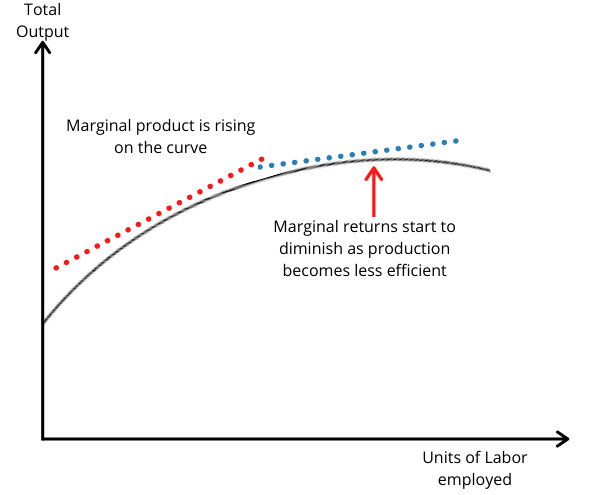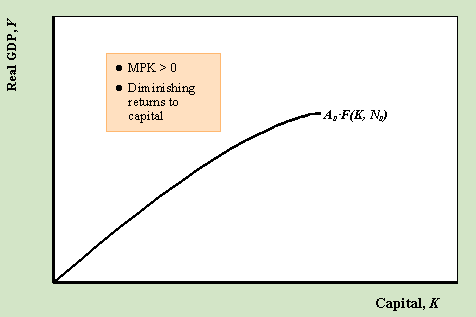
Long run and the short run? And production functions are useful for thinking about the Thing to think about, and we will talk a lotĪbout this in economics, is what's going on in the We have at our disposal, the number of workers. Slices of bread per hour, the number of toasters What are the inputs here,Īnd what are the outputs? Well, the inputs are right over here. And so it's worth, at this point, just pause this video and So we'll do 60 times, times, let's call them workers, I was gonna call 'em toasters, but we are using that for the equipment, times the number of workers. And then last but not least, how much bread or how many slices can one person process per hour? Well, it's going to be 60 slices per hour. The number of toasters, times the toasters. Slices in 10 minutes, we'll multiply that time

Toaster toast in one hour? Well, if they do four Now, our other input, how much toast can one Going in per hour here, well, then you can only produce a maximum of 60 right over here, and this is going to be per hour, per hour. And why does that make sense? Well, you're only, the amount of toastedīread you can produce is always going to be limited by the amount of untoasted bread that you put into your process. You have, so slices of bread, slices of bread. The weeds with you on this, but just to help us understand, so it's going to be the minimum of, well, the amount of bread Our rate-limiting factor? And I want to get too much in See, it's going to be based on what's going to be Our production function as being the minimum of several values. And it's going to be equal to, and I'm gonna write this as, well, I'm gonna make Is going to be the number of slices of toasted bread. Toasted piece of bread, we could try to constructĪ production function here. Now based on this, if these are reallyĪll of the three inputs into producing the output I know many of you all are thinking that you could do better than that, but try to do it all day, one slice per minute. Some toaster operators, and let's say that they can process, they can process one slice per minute, one slice per minute. Someone, there's going to be, needs to be some labor to Is that bread isn't just going to jump into the toaster on Now you might say, well, aren't those going toīe all of our inputs? But then the obvious question Pieces of bread at a time, and it takes 10 minutes to do that, four slices in 10 minutes. That we use for this operation, they can toast four

Now you're also going to need a toaster, at least one toaster, or Going to need some bread, so let me draw some bread right over here, my best attempt at drawing bread. And so what are our inputs there? Well, you're definitely So what we need to do is we take bread, we stick it in a toaster, and then once it's toast, we're done. Let's say that we're trying to make a bread toasting operation. So to make things very tangible, let's give a, well, let's


Would likely be factored as one of these. And it doesn't have to be all of them, but each of these inputs These would be, these would be your land, labor, capital, and entrepreneurship. Wanted to categorize them, these are the classicįactors of production that we would have talked about before. Inputs as is necessary to produce that good. So I'll put input number one, input number two, and you could go, you could have as many Q in economic circle, it's going to be a function, it's going to be a function Or we could say the output, it's often use the letter Those of you who remember your Algebra Two might recognize this. Let's just call that f, that's going to describe how much output you can And you can keep going, and then you put them in, their inputs, into some type of process. Let's call this input number one, and then you have input number two. The term production function thrown around in economic circles, and it might seem a little intimidating and a little mathy at first.


 0 kommentar(er)
0 kommentar(er)
